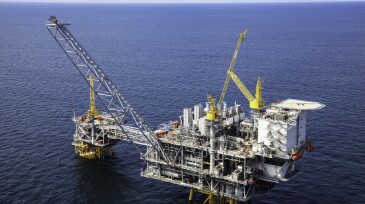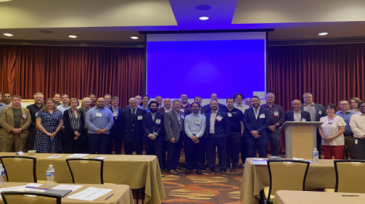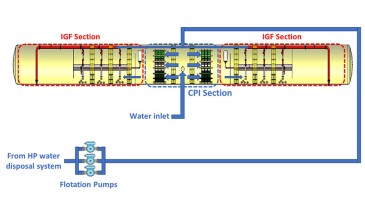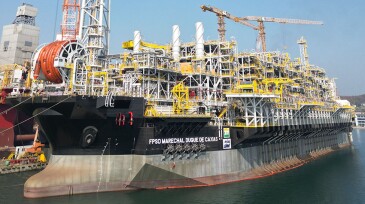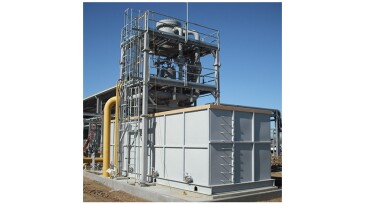Separation/treating
The research facility said it plans to add multiphase-flow-testing capabilities for heavy oil and different viscosities.
In this final installment of the Savvy Separator Series (No. 23), the authors present a curated collection of recommended references, articles, and other key resources—a comprehensive guide worth reading, bookmarking, and keeping in your library.
With the right internal modifications, traditional degassers can be enhanced with gas flotation for improved oily water separation. This article outlines key design considerations—including inlet and settling zones, skimming, and solids handling. Two case studies highlight lessons learned in troubleshooting and revamping degasser designs.
-
This article is the second of a two-part series on produced-water management in the Gulf of Mexico and covers four themes: equipment, process configuration, operations, and effluent quality.
-
Sharing state-of-the-art design and troubleshooting methods, the workshop identified future separation needs and gap statements and proposed how to close the gaps.
-
The pitfalls of utilizing an existing vessel without proper review are highlighted.
-
This first of a two-part series provides guidelines for designing and operating advanced produced-water systems on offshore platforms, covering fluid characterization, chemical treatment, equipment, process configuration, operations, and effluent quality.
-
The Savvy Separator series continues as we share case studies of troubleshooting separator problems. This article focuses on instrumentation and operating issues. Brief problem statements, root causes, and lessons learned are given.
-
The retrofit merged enhanced gravity separation with induced gas flotation within the same vessel. Detailed insights into the design, operation, and performance of hybrid flotation systems are provided, offering valuable guidance for similar initiatives in the petroleum industry.
-
The Savvy Separator series continues as we share case studies of troubleshooting separator problems. This article focuses on installation issues. Brief problem statements, root causes, and lessons learned are given.
-
The Savvy Separator series continues as we share case studies of troubleshooting separator problems. This article focuses on design issues. Brief problem statements, root causes, and lessons learned are given.
-
The Libra Consortium, led by Brazil’s Petrobras, has developed a method of separating carbon dioxide from reservoir fluids at the seafloor rather than the FPSO topsides.
-
This paper outlines issues to be resolved during facility design and provides guidelines, calculations, and examples for sand-handling steps to be implemented after separation.
Page 1 of 10




